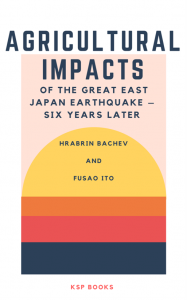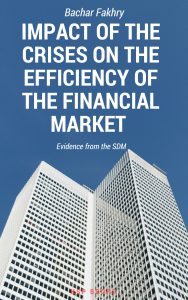Synopsis
The efficient market hypothesis has been around since 1962, the theory based on a simple rule that states the price of any asset must fully reflect all available information. Yet there is empirical evidence suggesting that markets are too volatile to be efficient. In essence, this evidence seems to suggest that the reaction of the market participants to the information or events that is the crucial factor, rather than the actual information. This highlights the need to include the behavioural finance theory in the pricing of assets. Essentially, the research aims to analyse the efficiency of six key sovereign debt markets during a period of changing volatility including the recent global financial and sovereign debt crises. We analyse the markets in the pre-crisis period and during the financial and sovereign debt crises to determine the impact of the crises on the efficiency of these financial markets. We use two GARCH-based variance bound tests to test the null hypothesis of the market being too volatile to be efficient. Proposing a GJR-GARCH variant of the variance bound test to account for variation in the asymmetrical effect. This leads to an analysis of the changing behaviour of price volatility to identify what makes the market efficient or inefficient. In general, our EMH tests resulted in mixed results, hinting at the acceptance of the null hypothesis of the market being too volatile to be efficient. However, interestingly a number of 2017 observations under both models seem to be hinting at the rejection of the null hypothesis. Furthermore, our proposed GJR-GARCH variant of the variance bound test seems to be more likely to accept the EMH than the GARCH variant of the test.
Contents
About Author
ISBN
978-605-2132-47-0
Date of Publication
July 15, 2018
File Size: 5256 KB
Length: xiii + 262 pages
This work is licensed under a Creative Commons Attribution 4.0 International License.
















